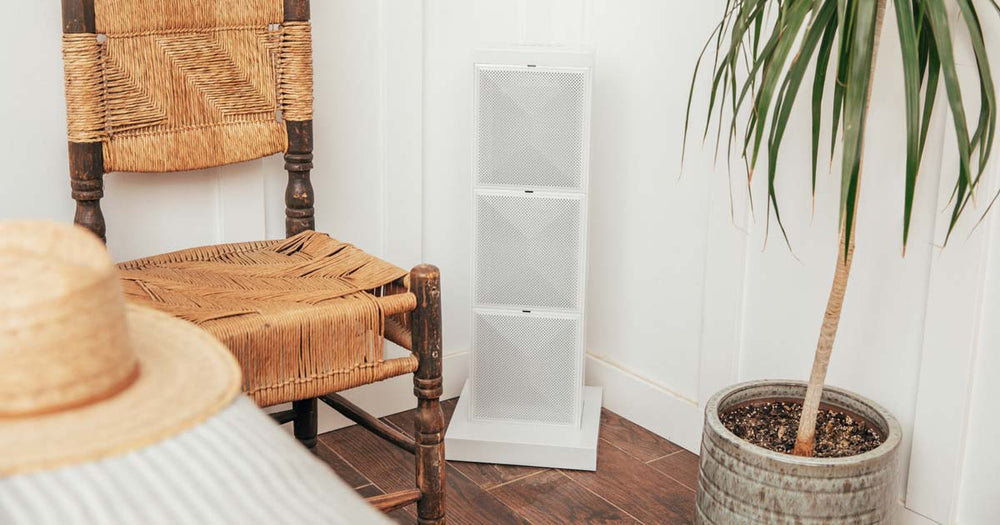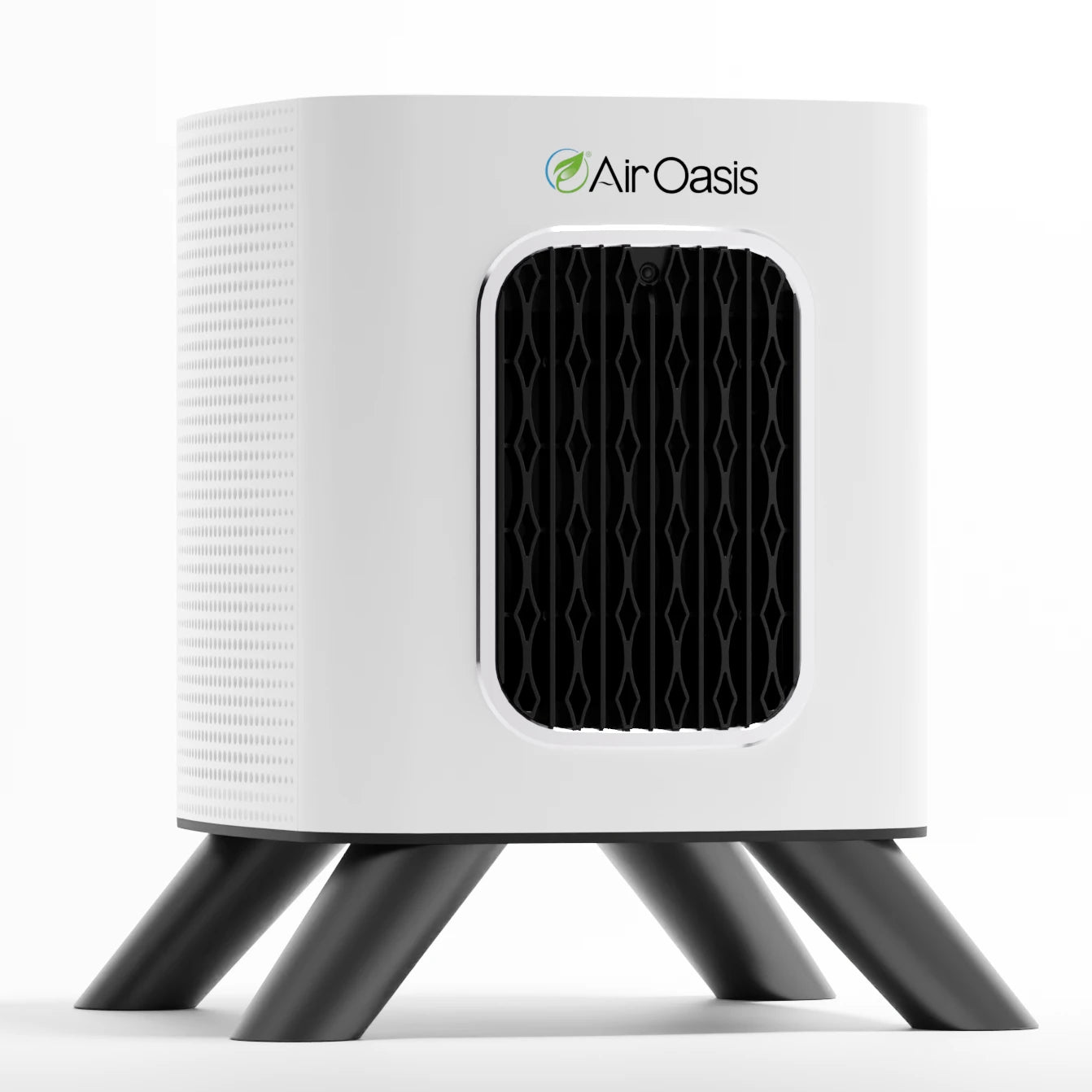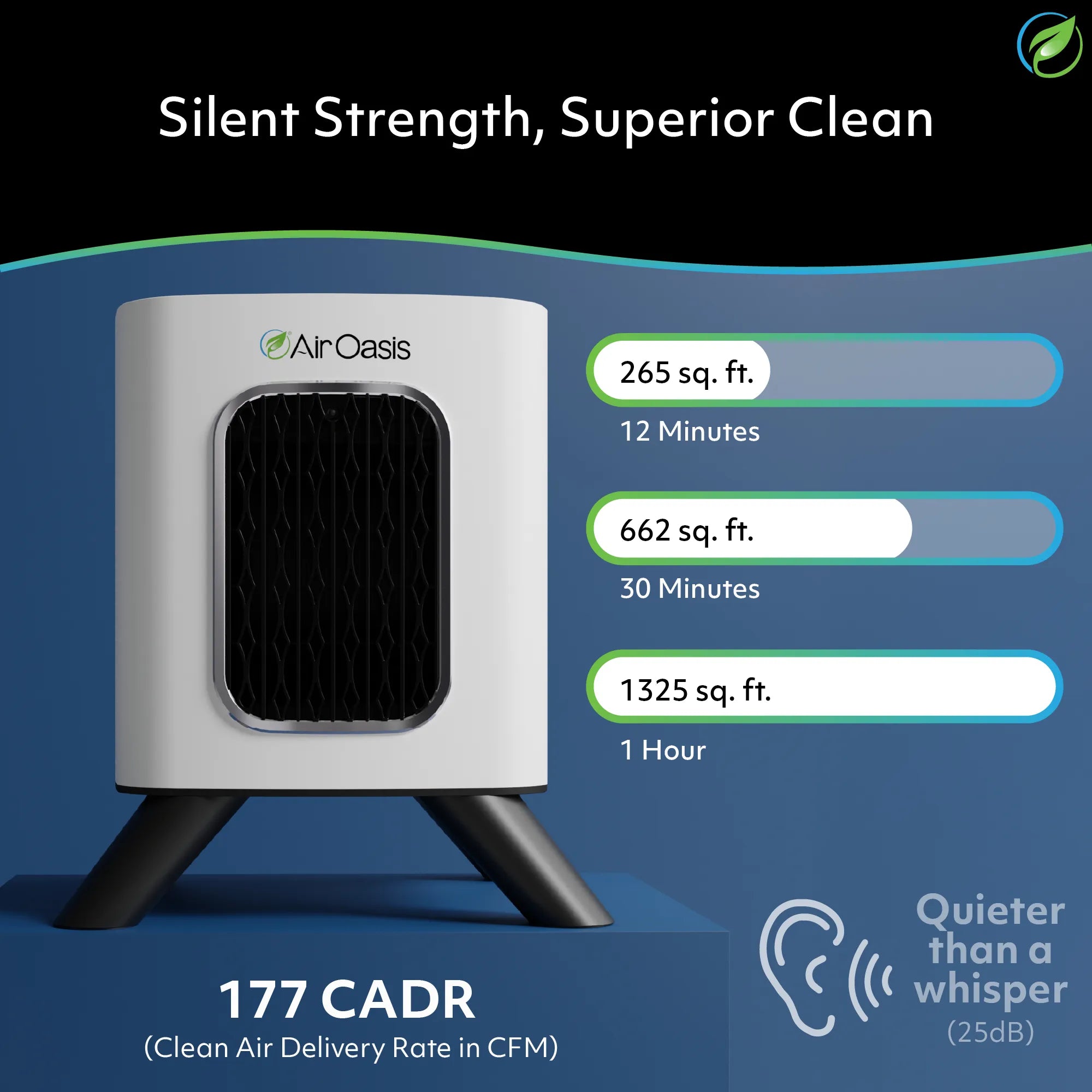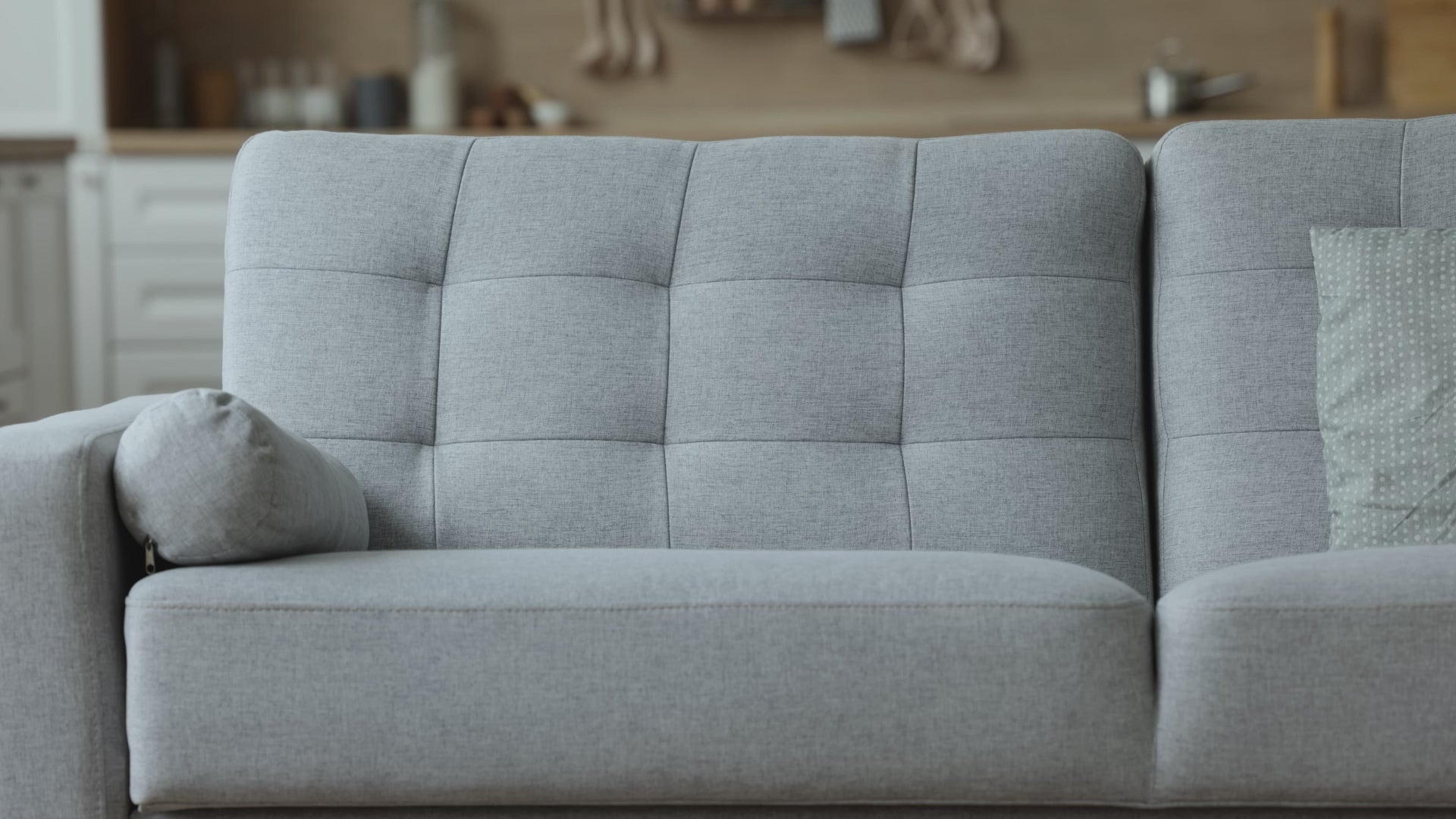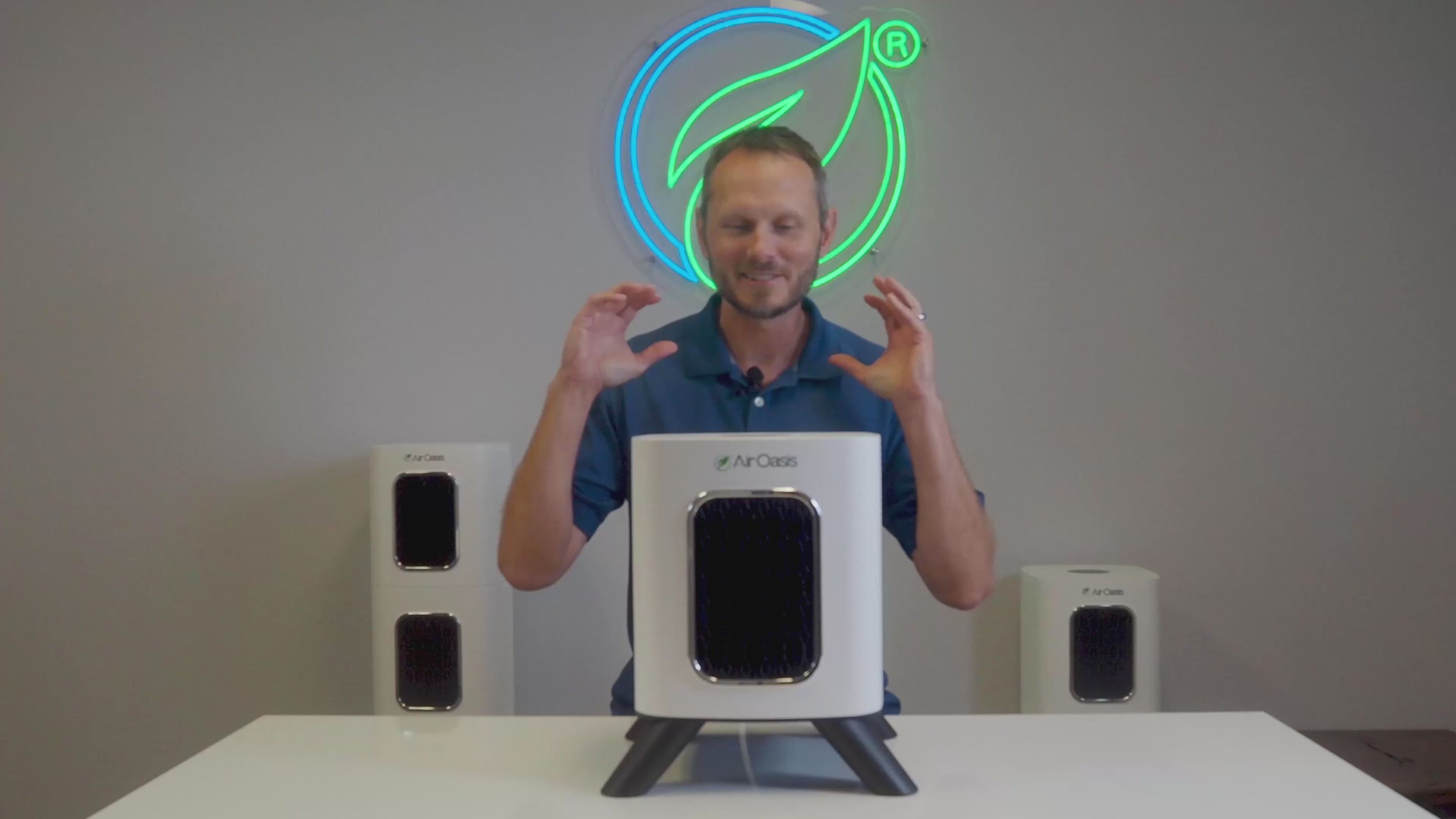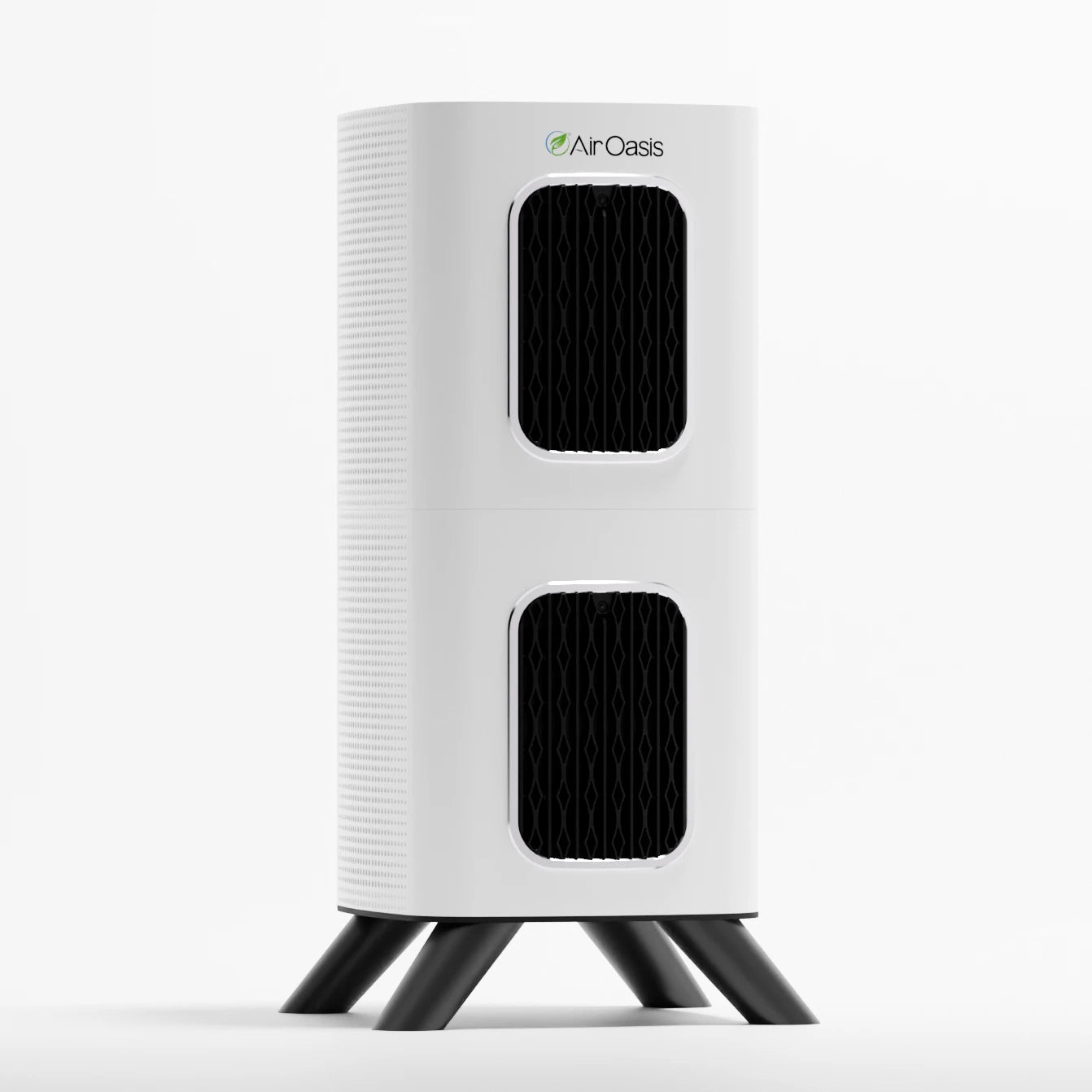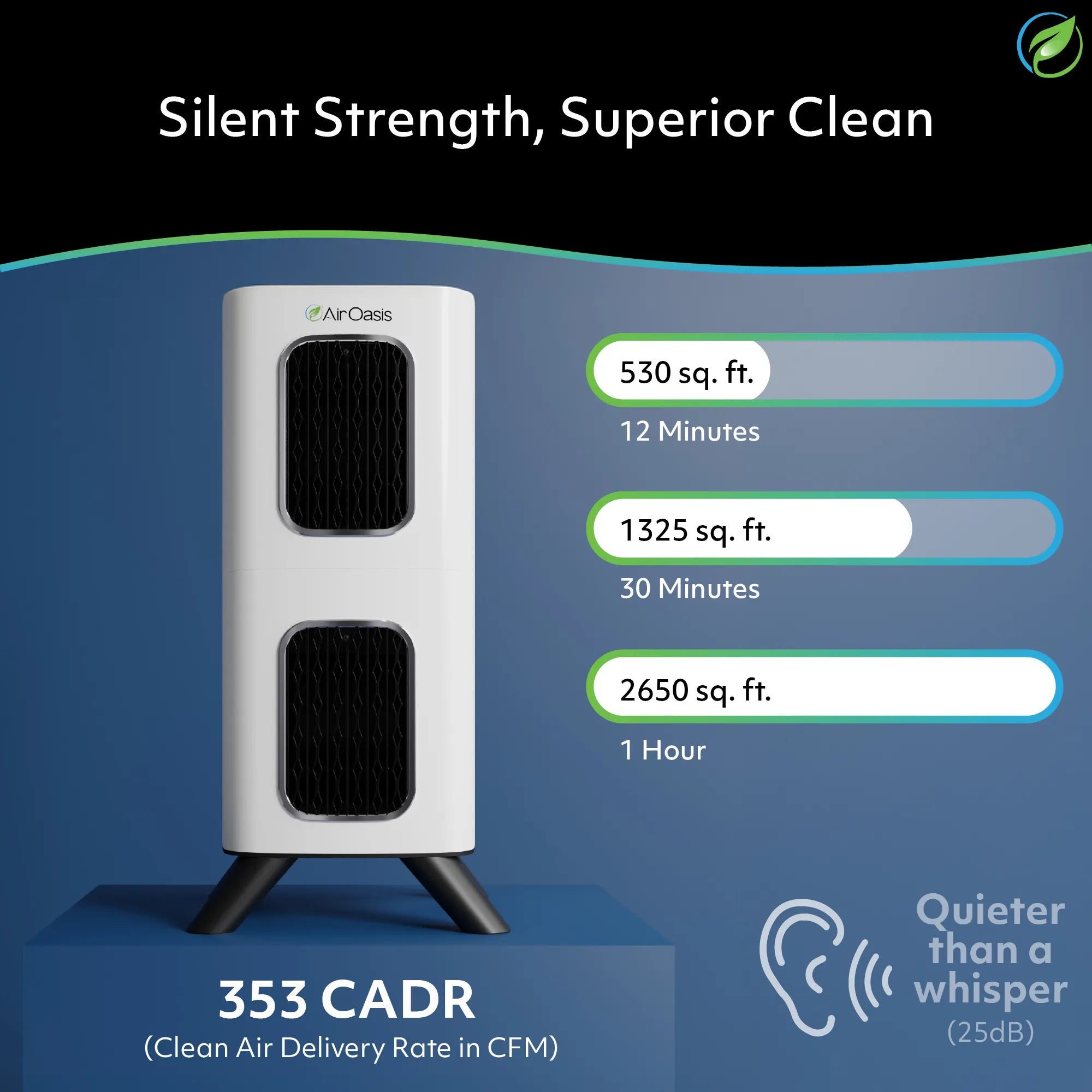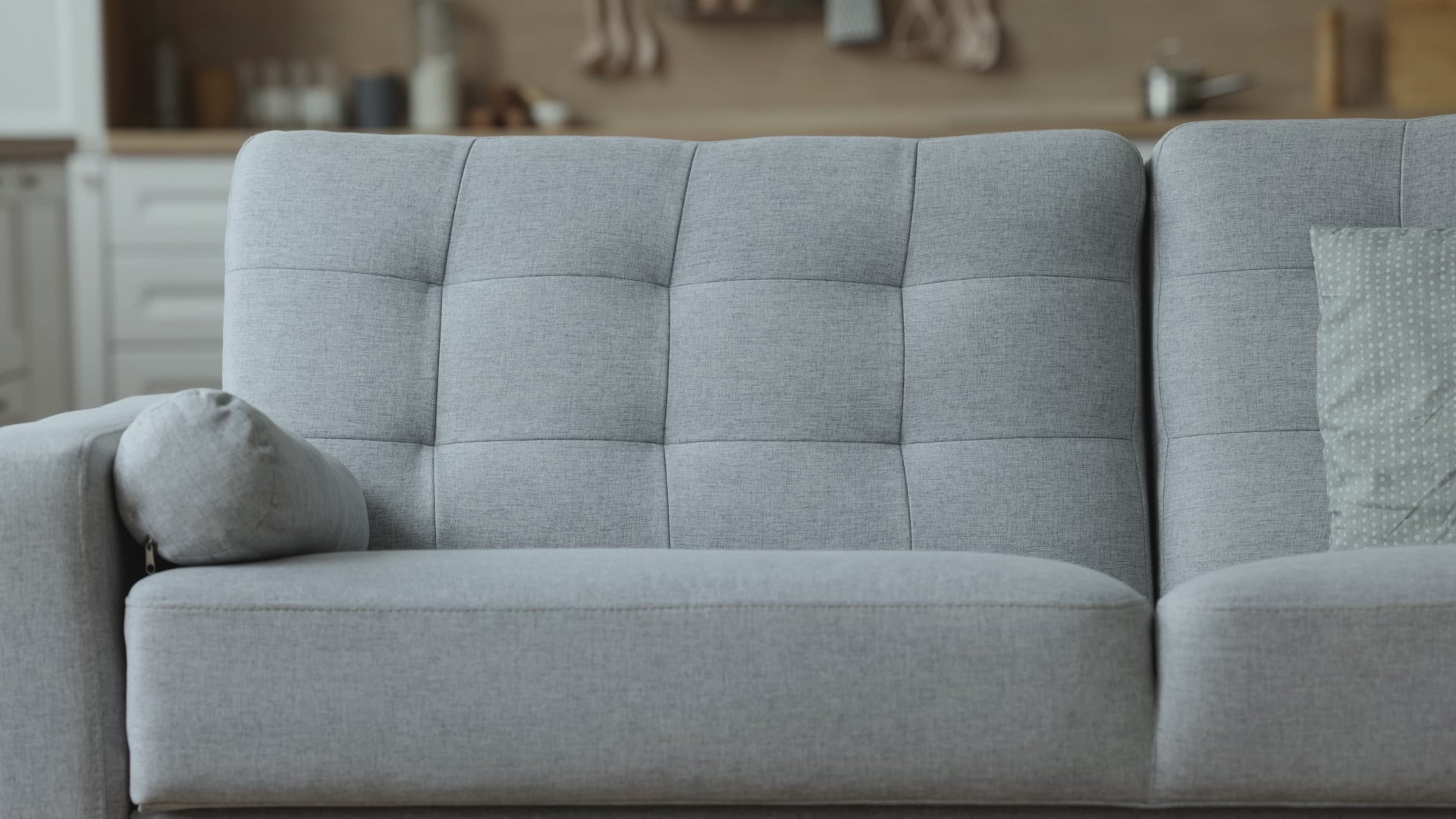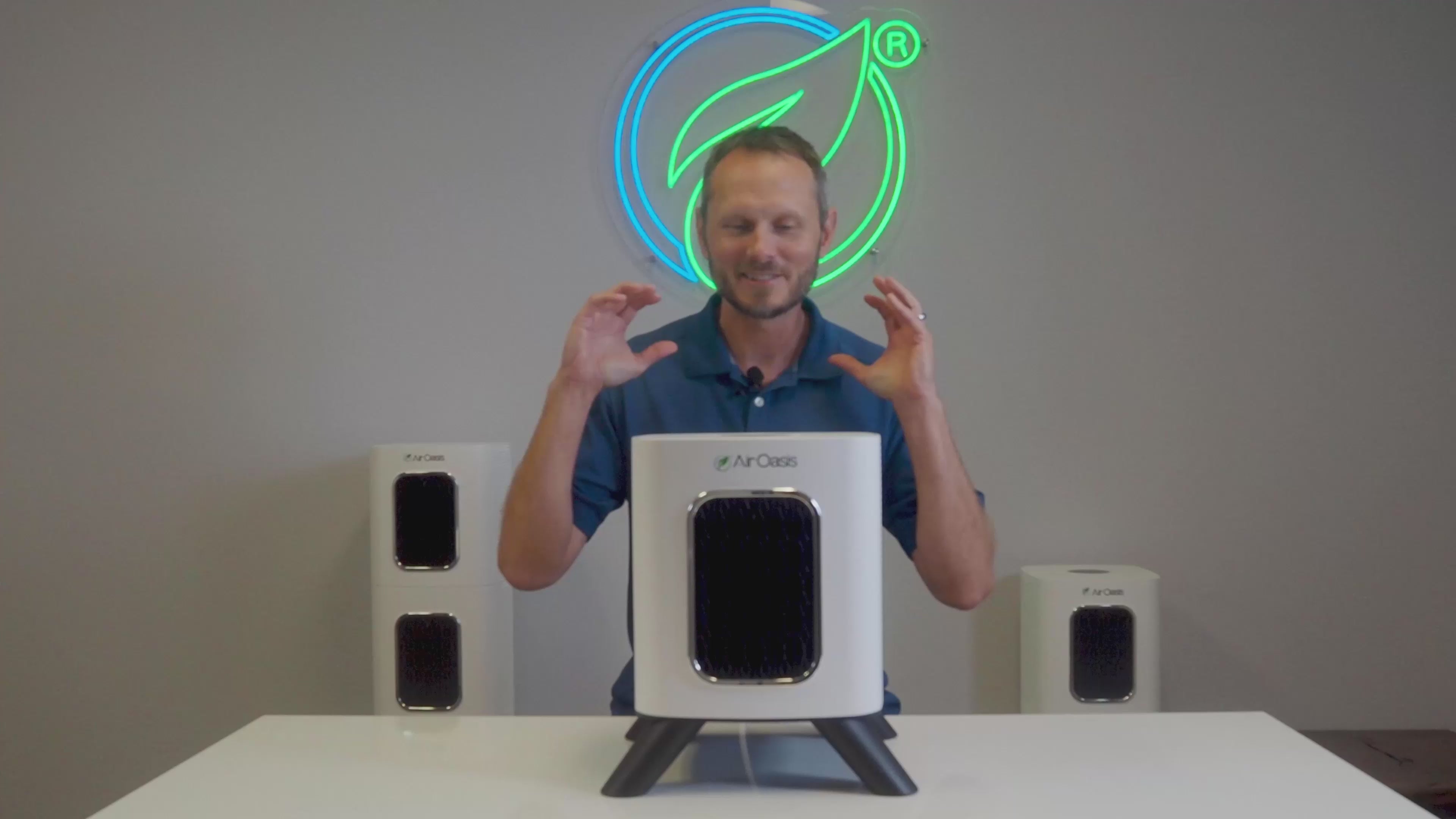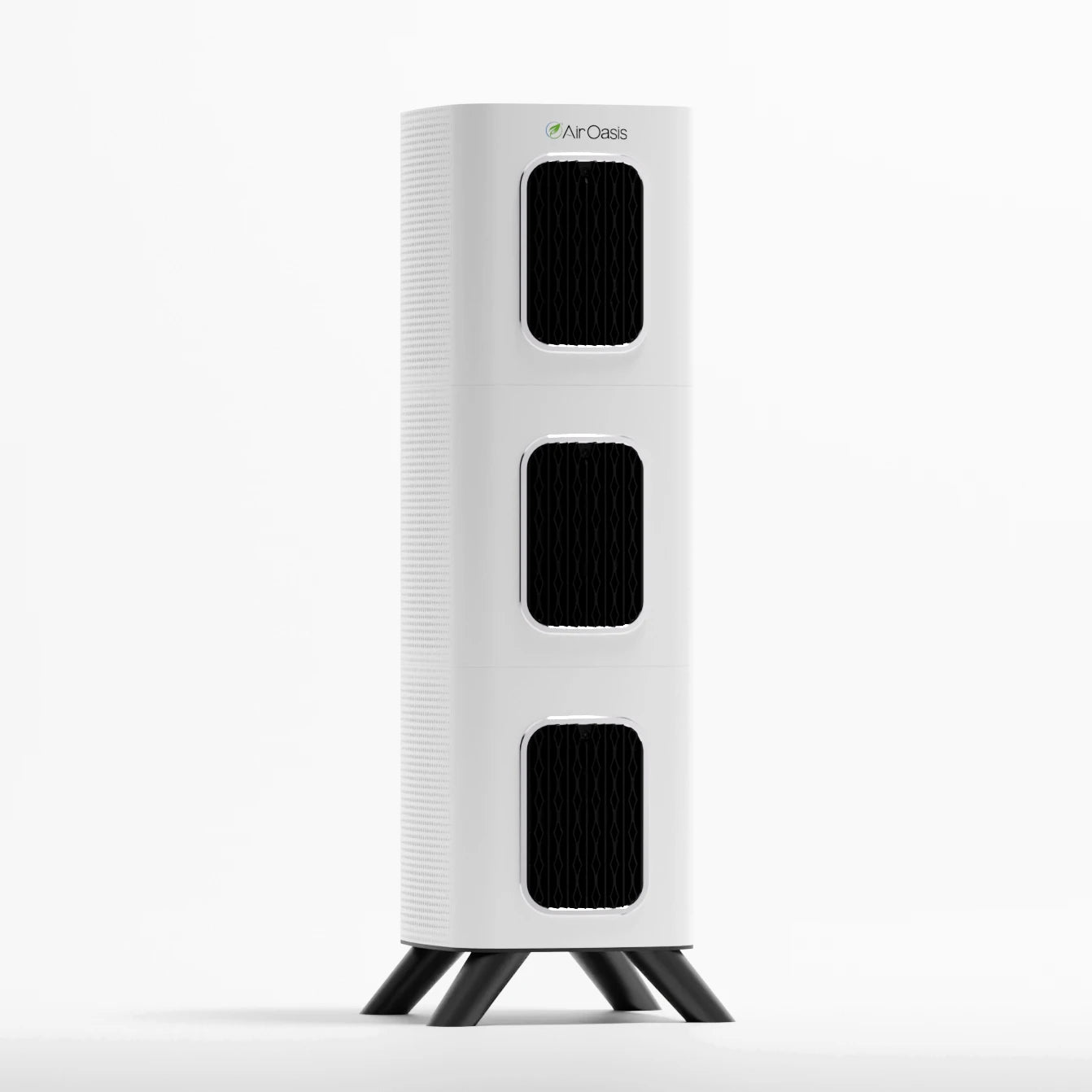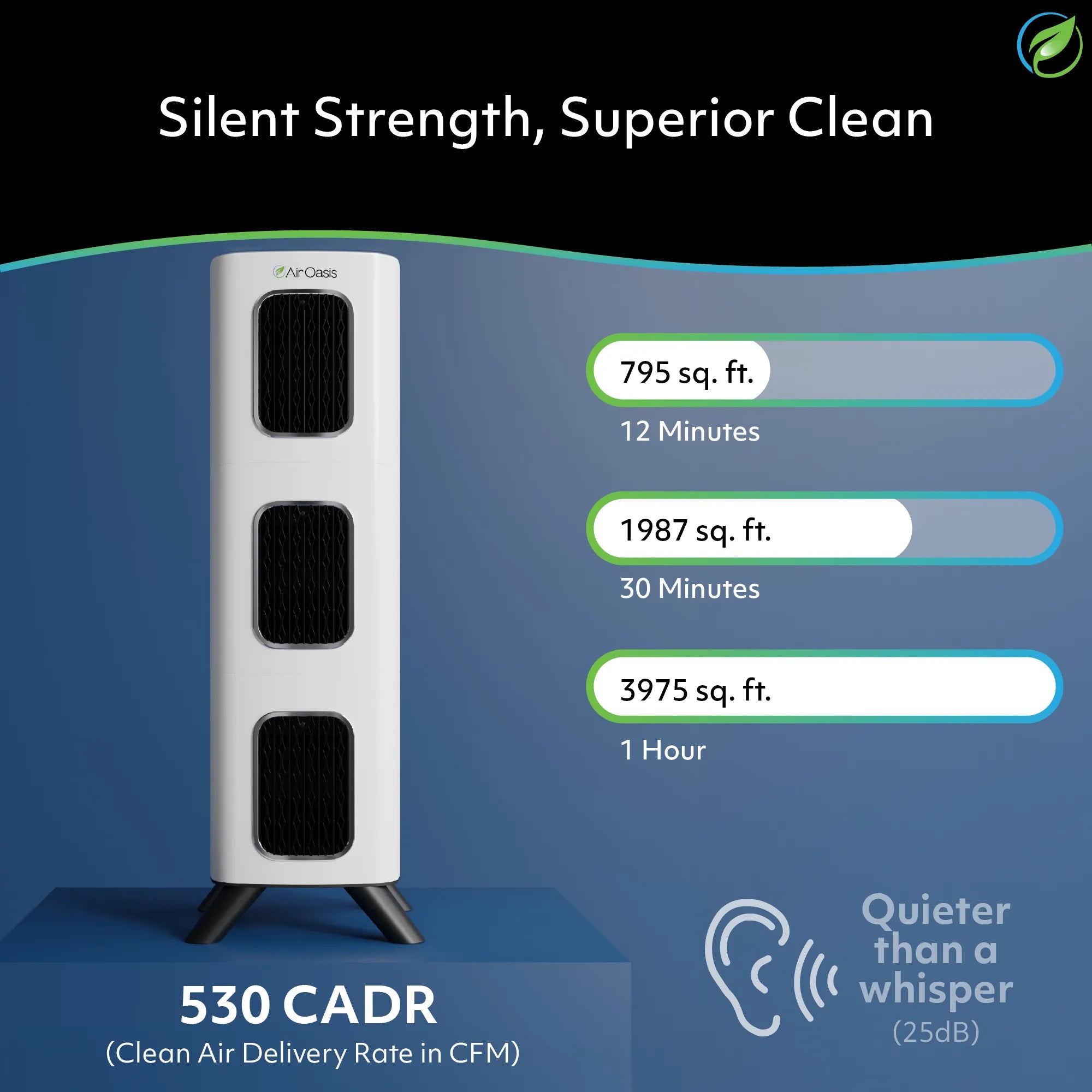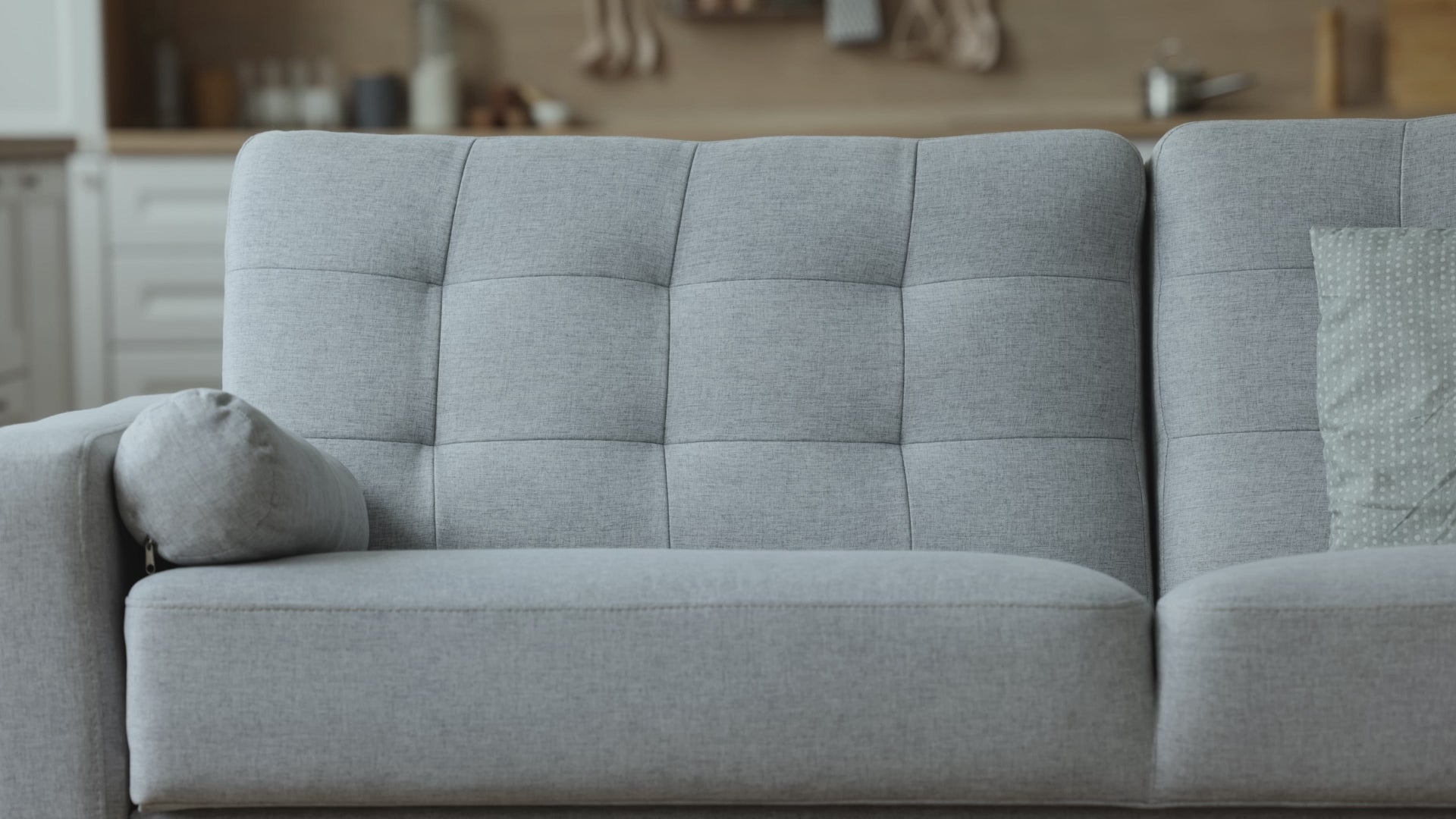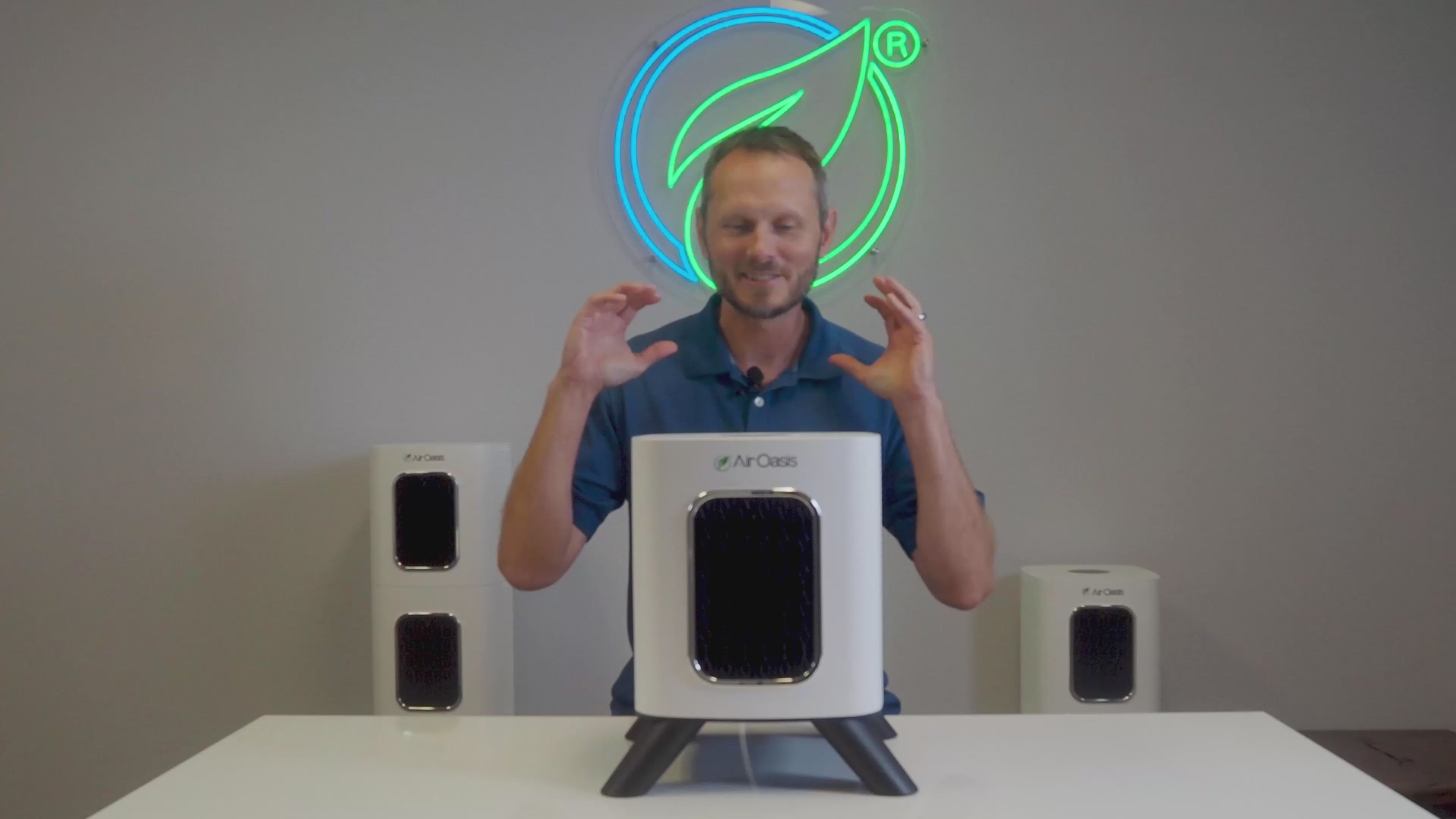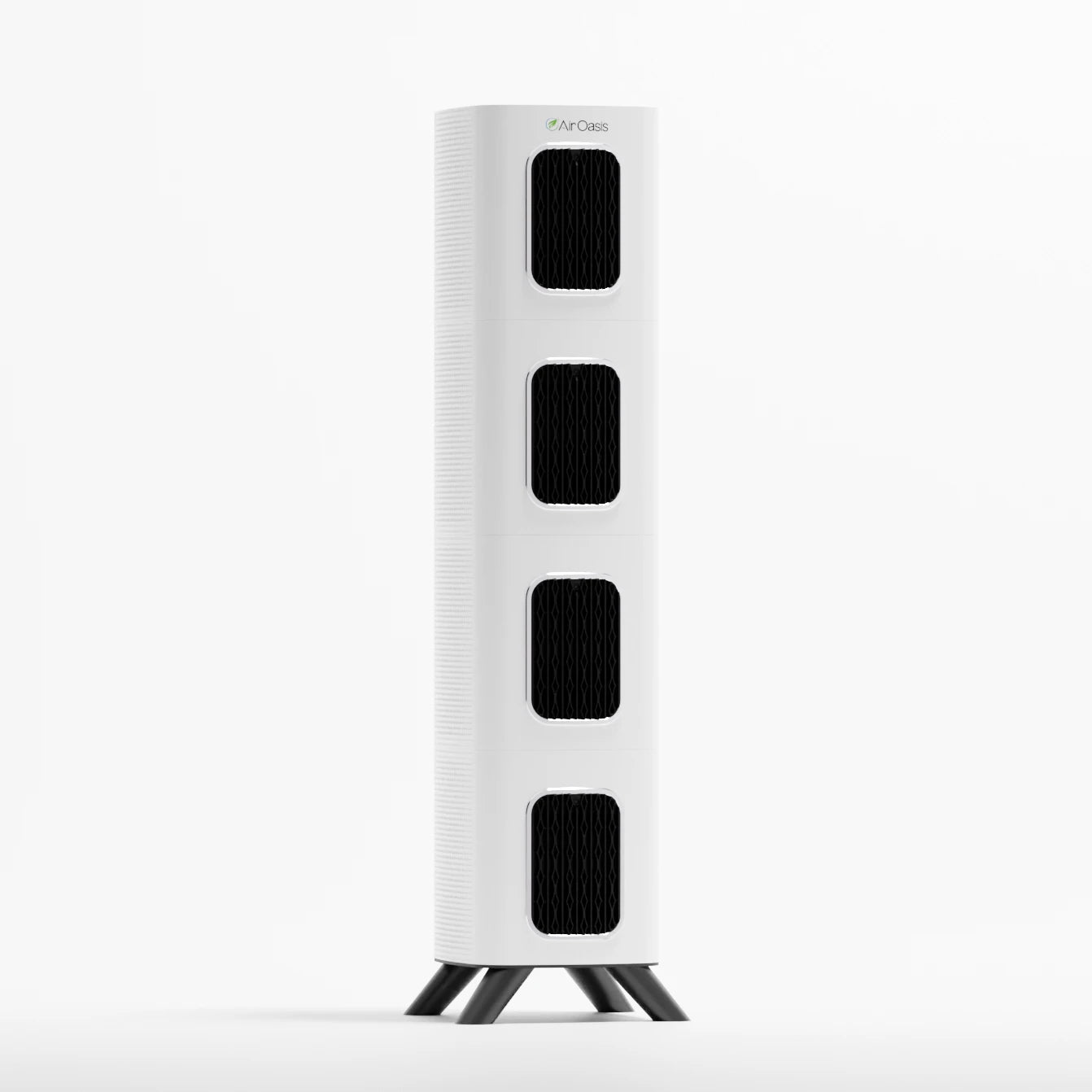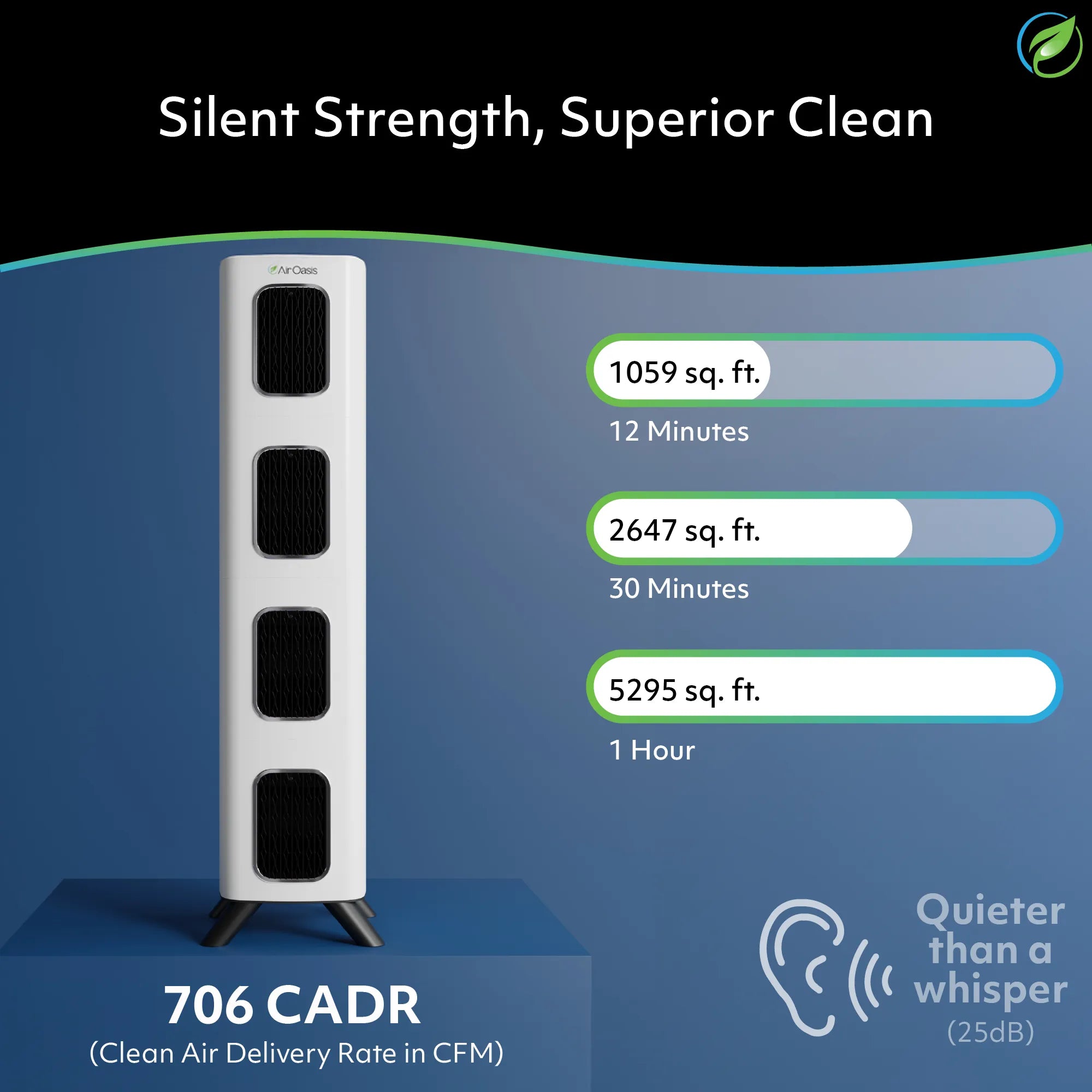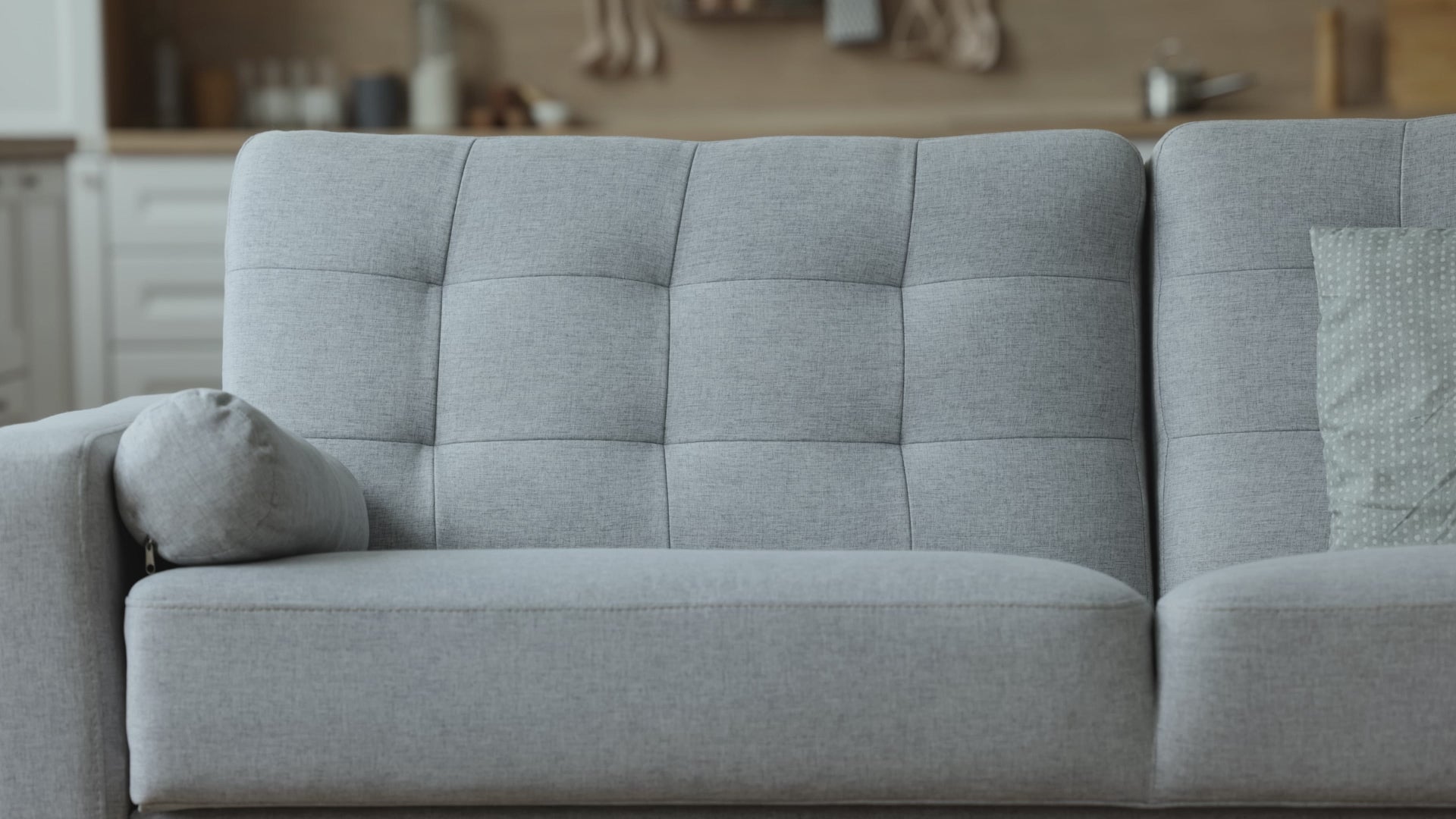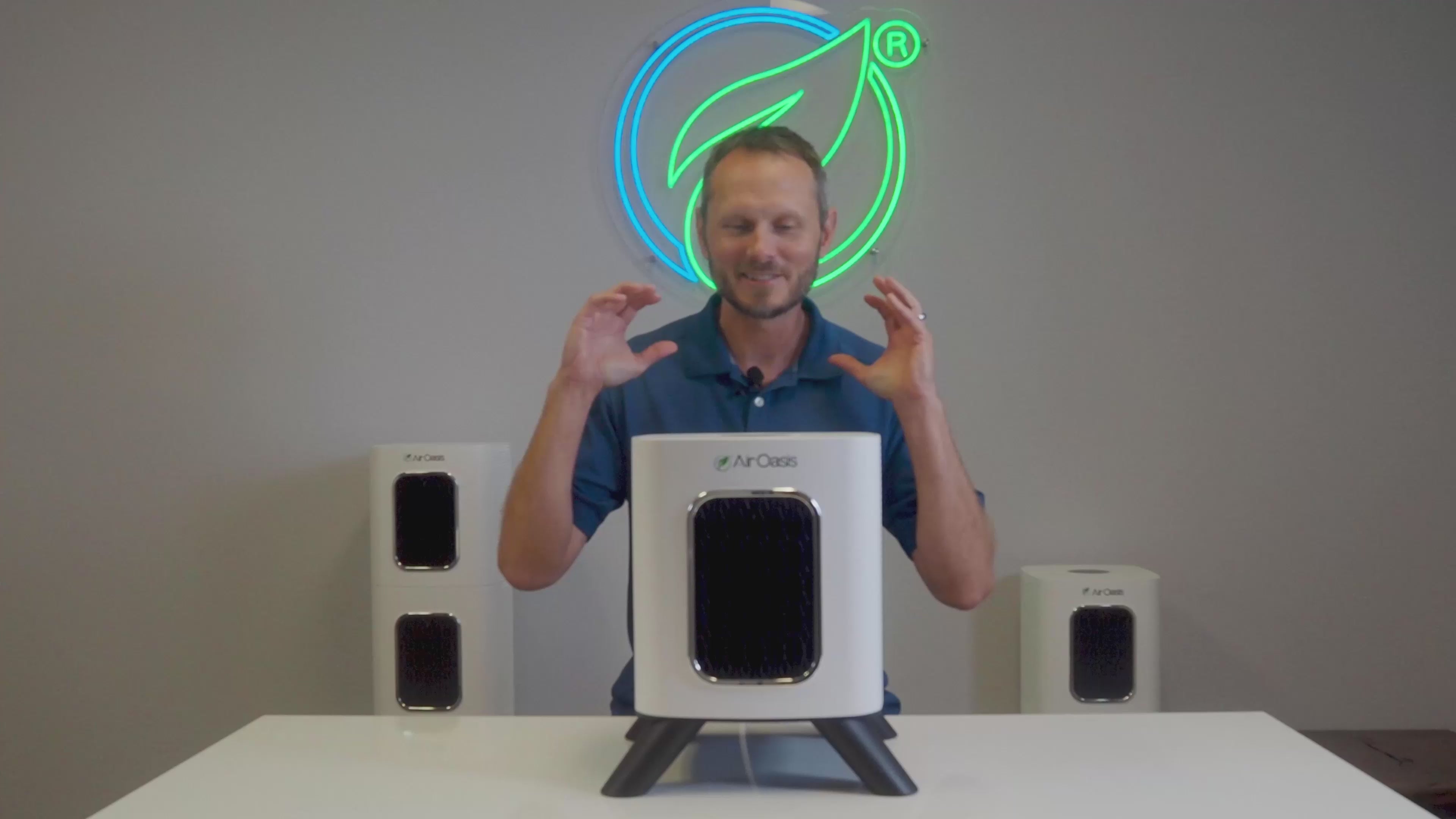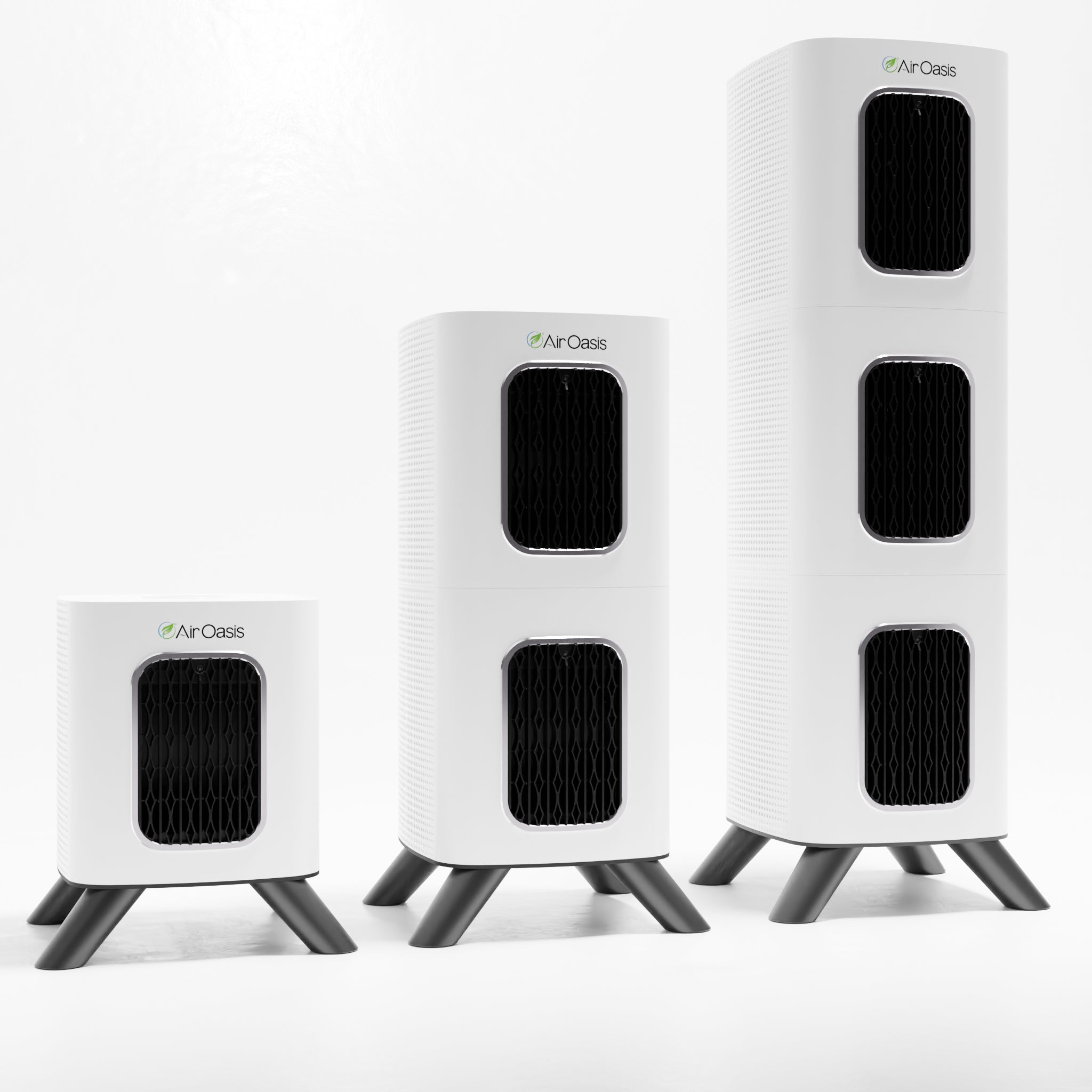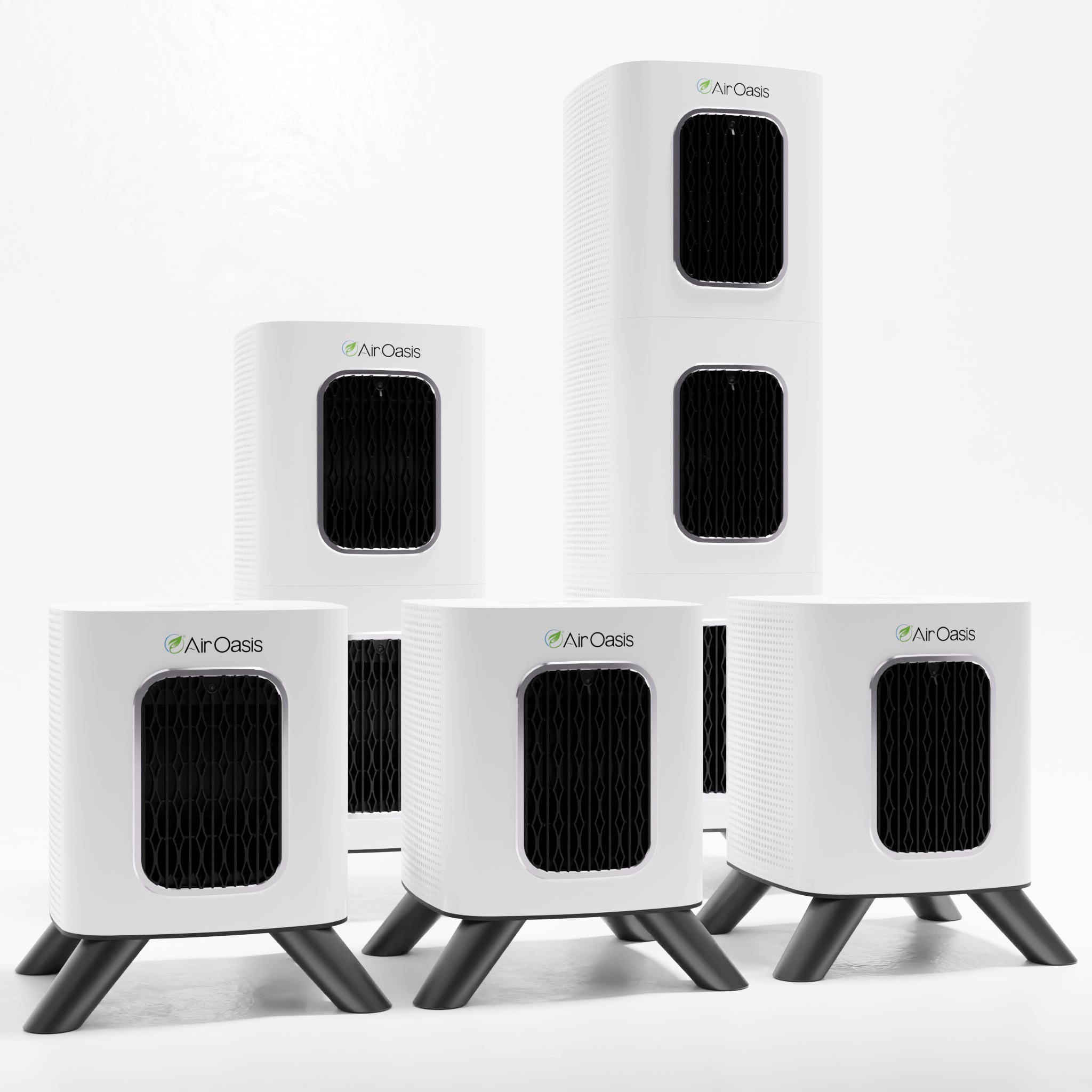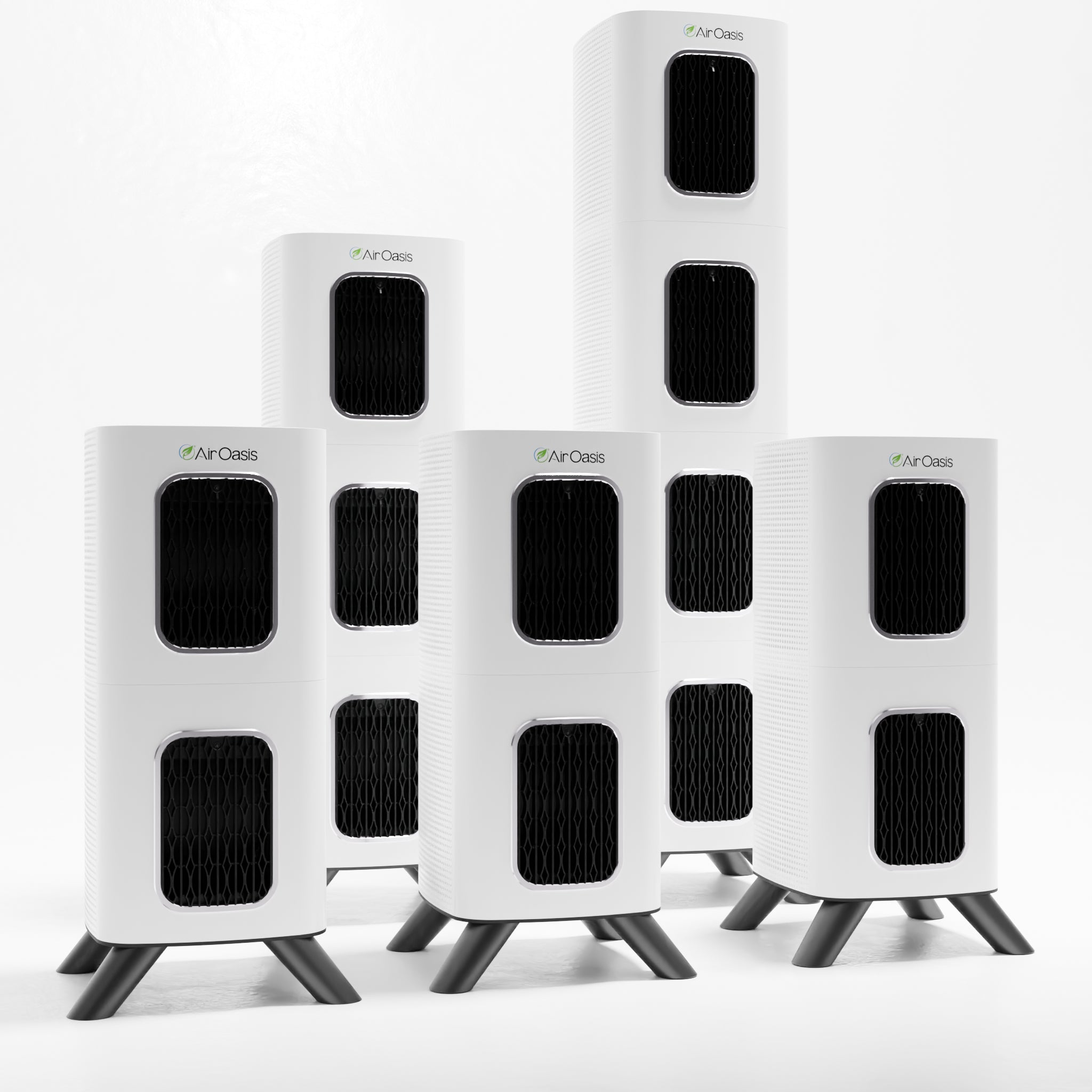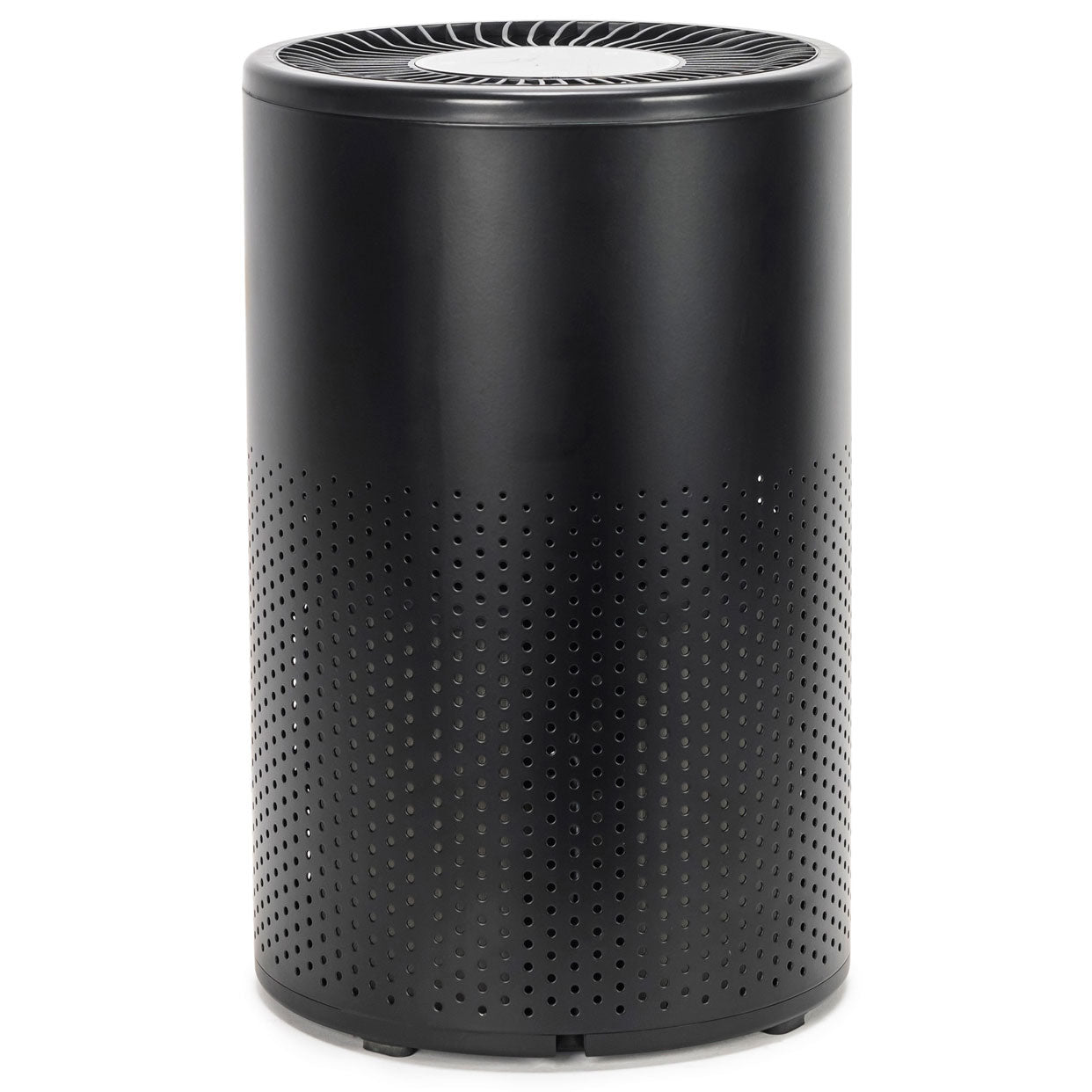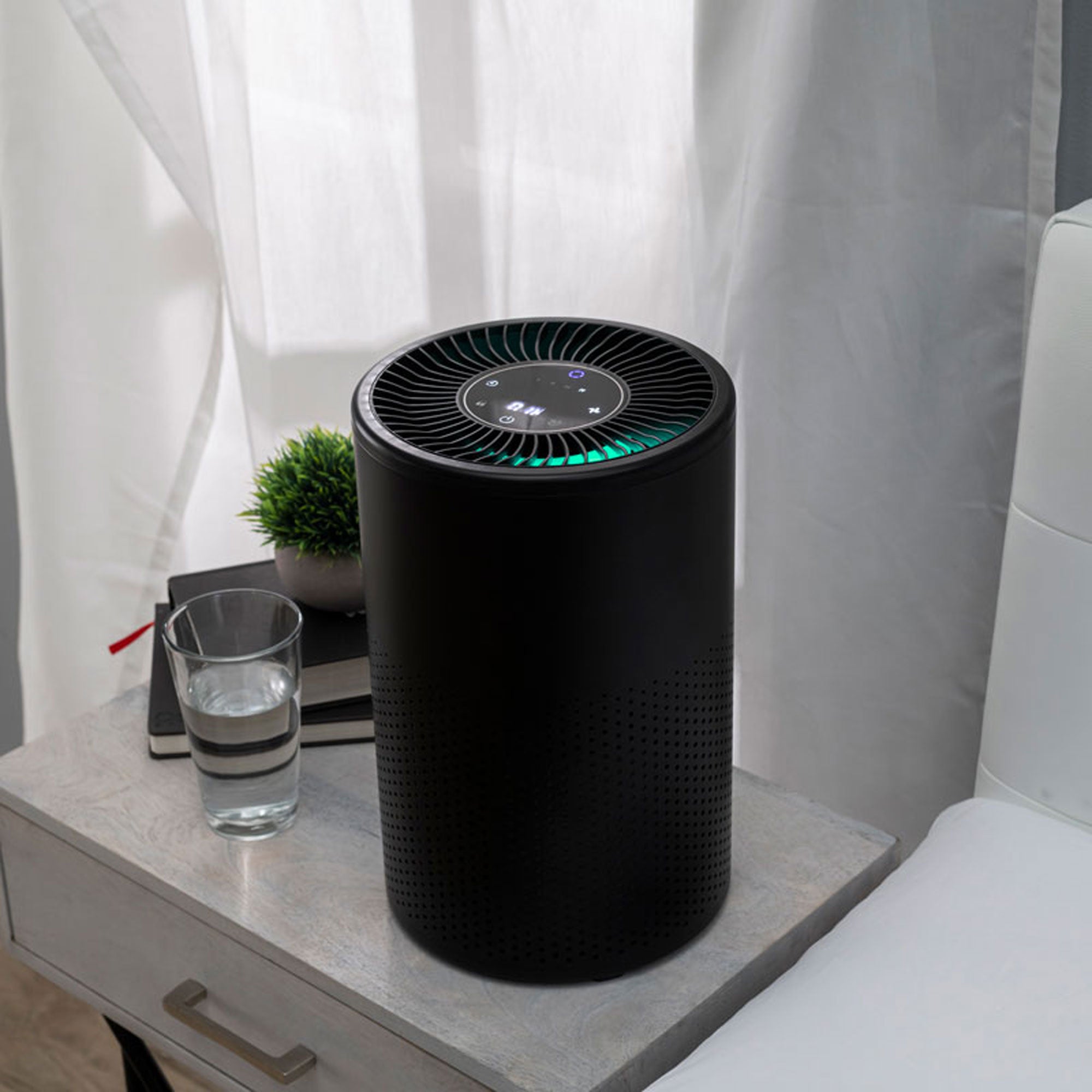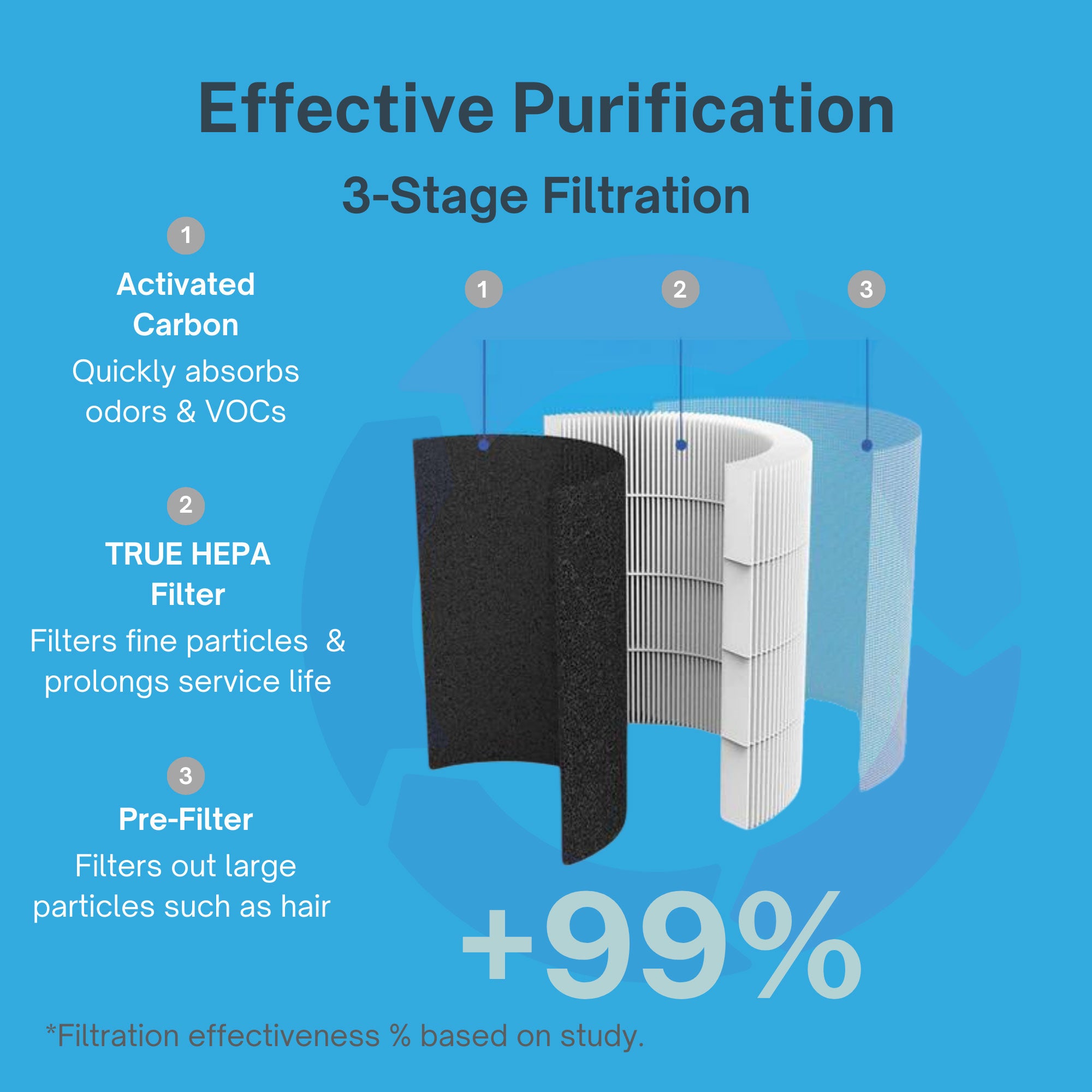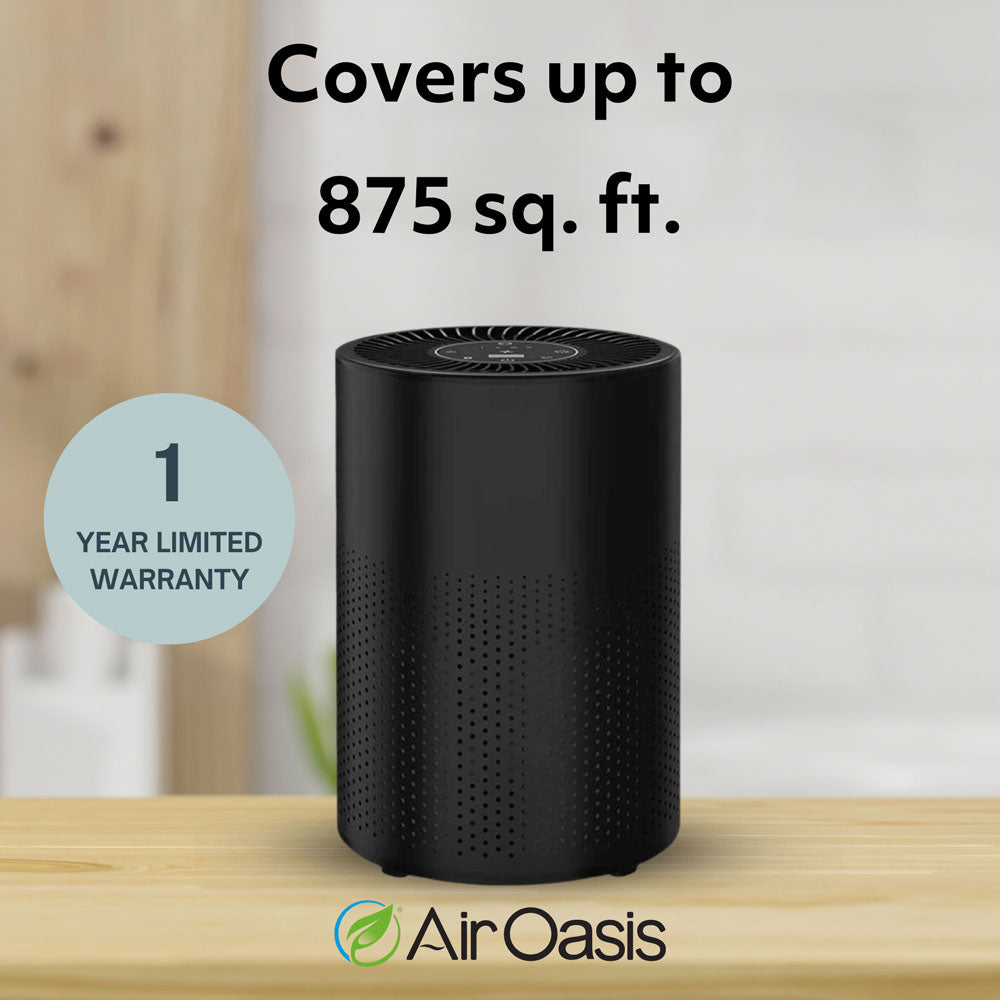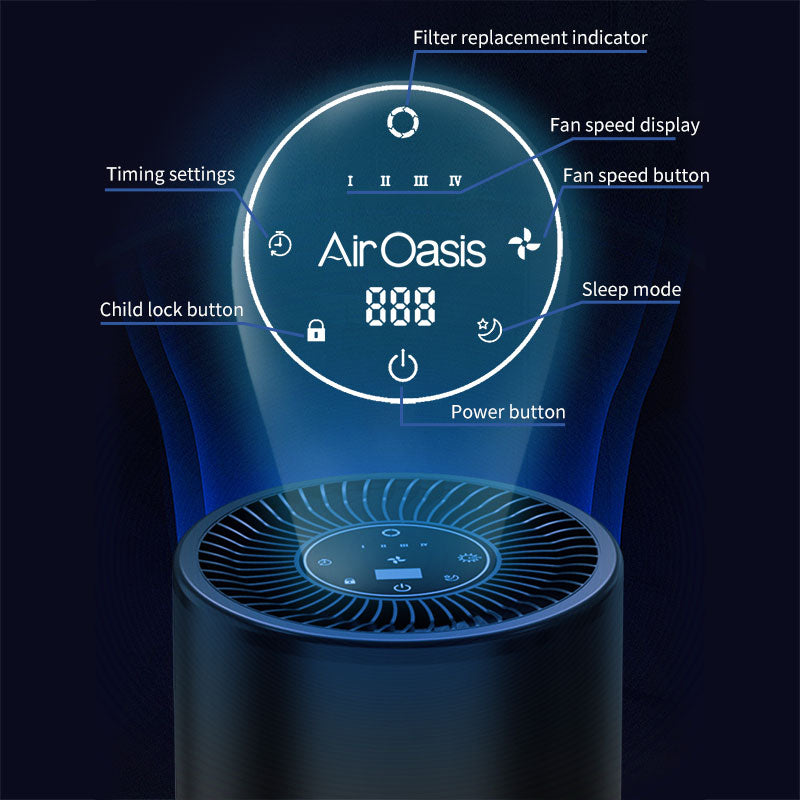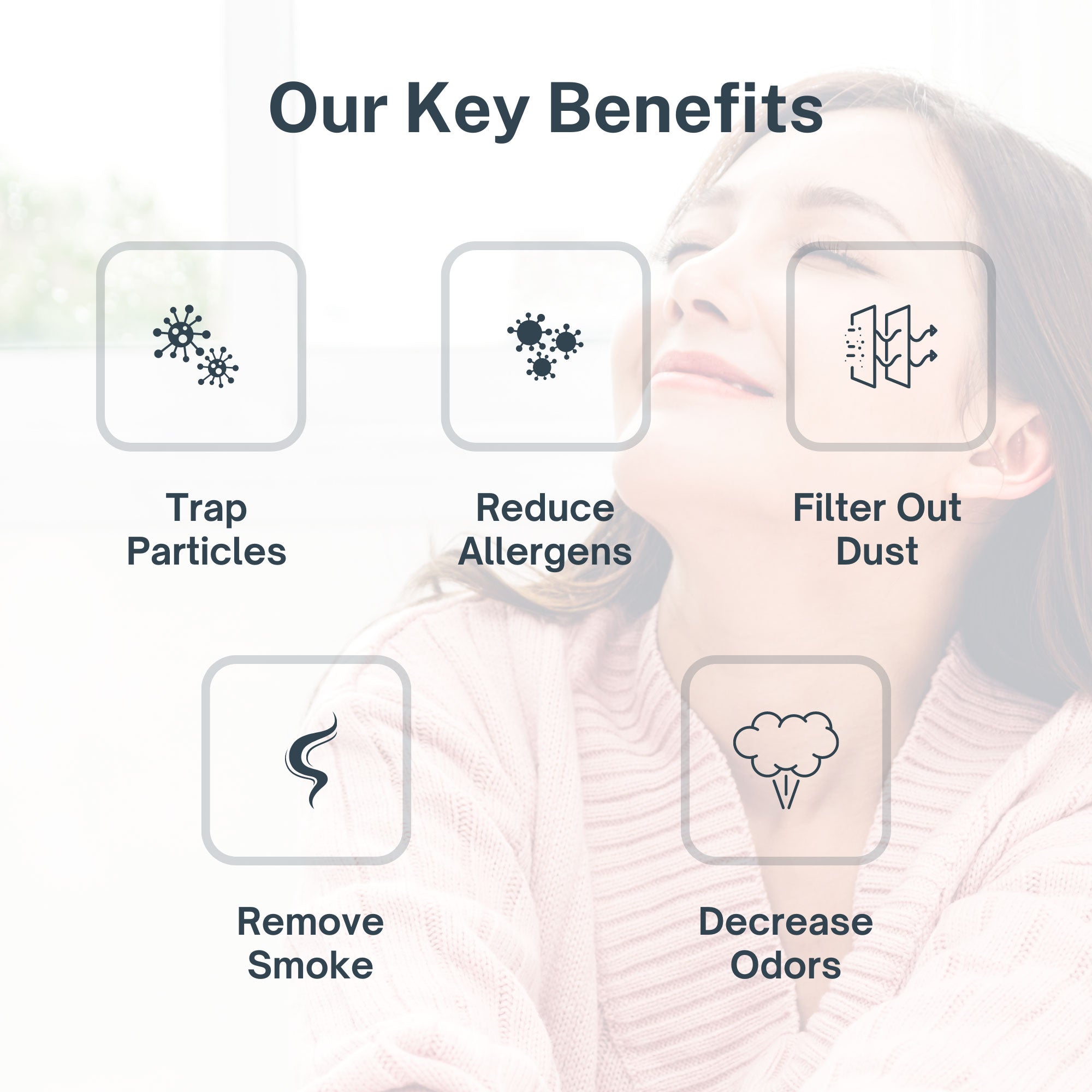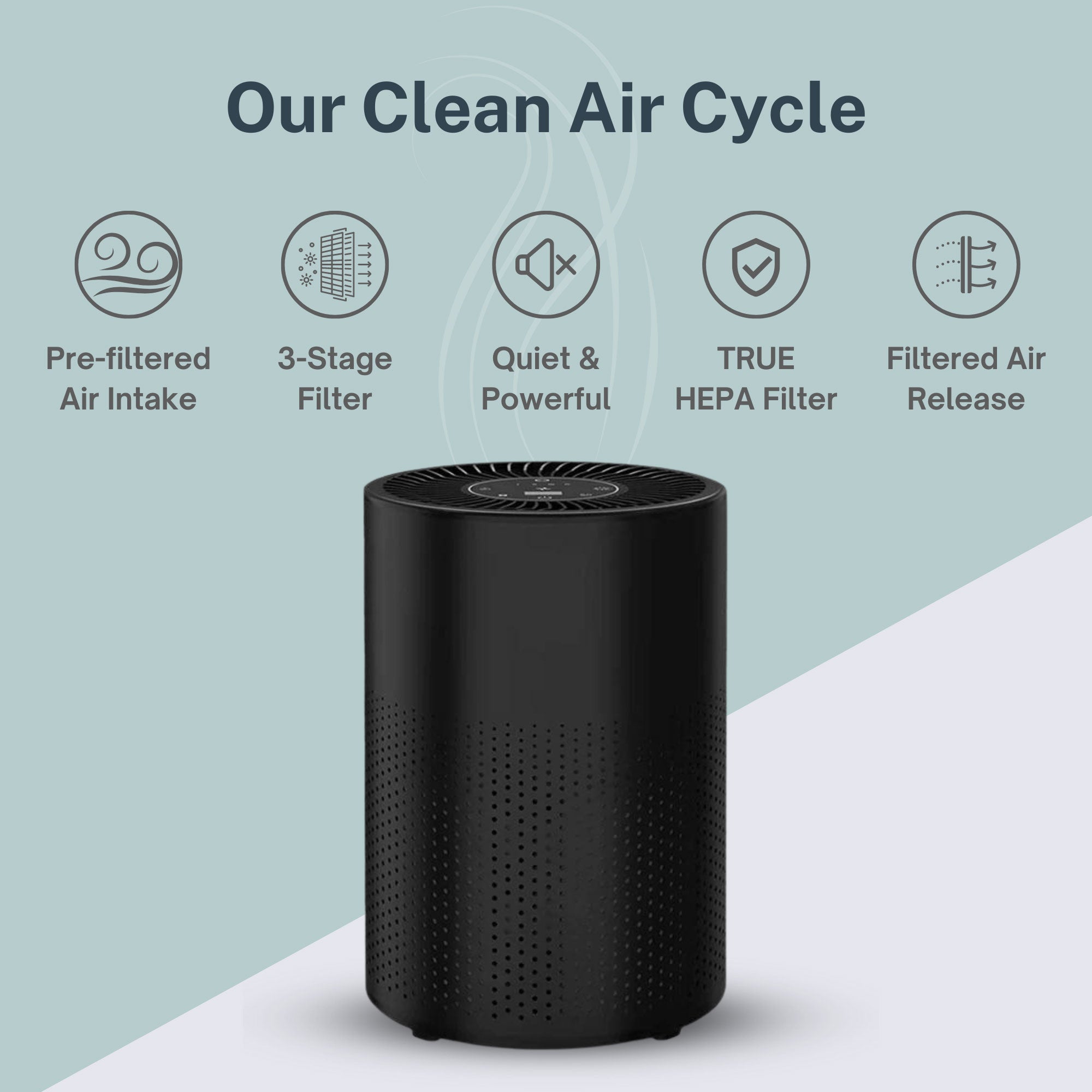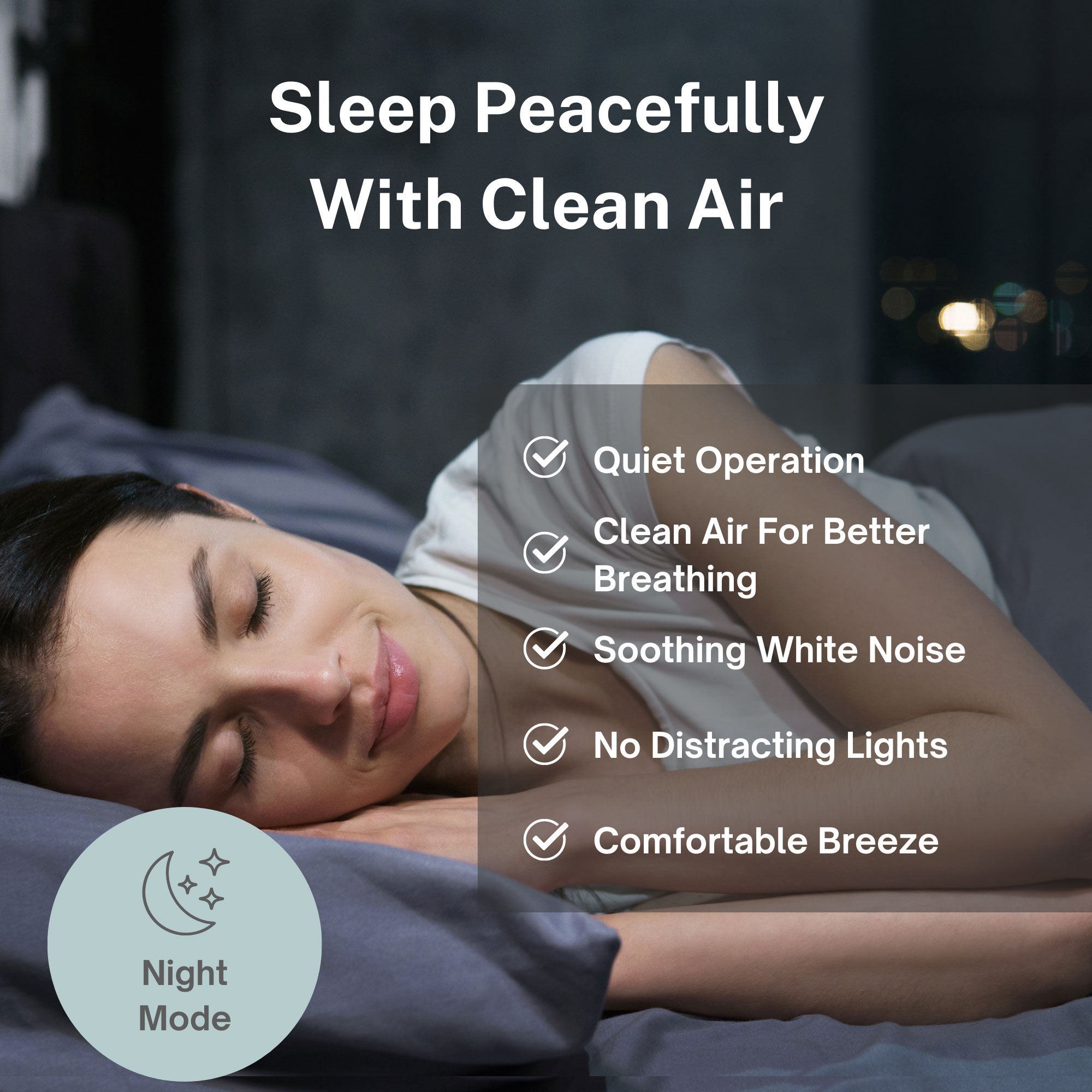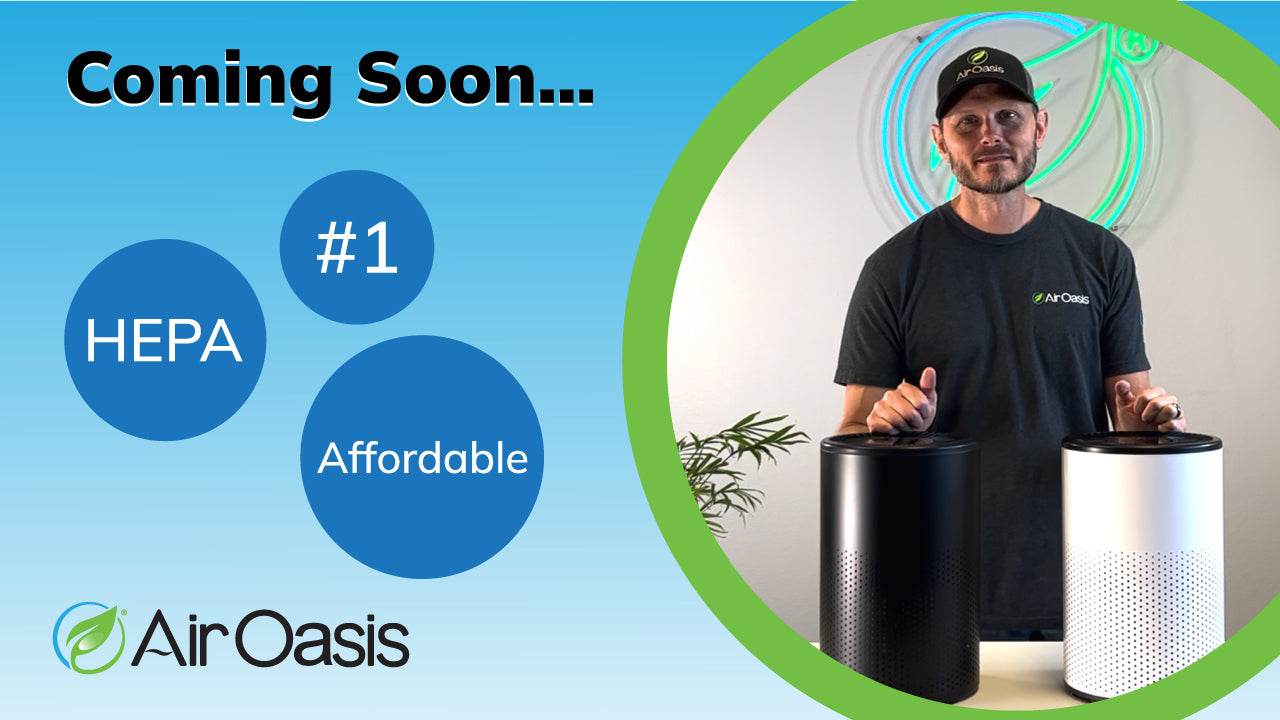The air in your home is vital to your health and quality of life. When you invest in your health with an air purifier, purchasing the most effective technology for your specific needs is essential.
But how do you decide which air purifier technology you need? There are all kinds of options, all with different claims. Killing COVID-19? Eradicating allergens? UV light? It’s a lot.
One of the air purification technologies you’ll probably encounter is electrostatic air purifiers.
Electrostatic air purifiers work with static electricity to charge particles inside the air purifier. As a result, the charged particles stick to the sides of the internal filtration system and are removed from your indoor air.
If you are in the market for an electrostatic air purifier, this quick guide will help you understand the different features and how to purchase the best purifier for your home.
Electrostatic Air Purifiers — Functions & Features
Electrostatic air purifiers draw air through an ionization section where particles obtain an electrical charge. This process of trapping charged particles is called electrostatic attraction. The charged particles then accumulate on a series of flat plates called a collector that is oppositely charged.
In simple terms, electrostatic air purifiers work like a magnet for dust and particles floating in the air. The filter gives the particles an electric charge, so they stick inside the purifier and are removed from the indoor air.
Electrostatic air purifiers are primarily used to collect particles in the air, such as pollen, dust mites, and carpet fibers. A key feature is that they are eco-friendly and use reusable filters. However, with low MERV ratings, these filters are not as effective as HEPA filters, so they are not recommended for individuals with severe asthma or allergies or in medical settings. Electrostatic air purifiers are primarily recommended for general household use.
Are Electrostatic Air Purifiers Effective?
With a lower cost point, the trade-off is that electrostatic air purifiers are less effective for severe air quality or medical environments. When dealing with individuals with severe asthma or allergies, industrial or hospital settings, or viral prevention, HEPA filters are the best solution.
For improving general indoor air quality for low-risk individuals, electrostatic air purifiers are a cost-conscious and effective way to remove prevalent pollutants in the air.
Electrostatic Air Purifiers Versus HEPA
First and foremost, electrostatic air purifiers provide the benefit of never having to replace filters. However, unlike HEPA purifiers, the minute the particles begin collecting in the filtration system, the air purifier’s efficiency decreases. Cleaning the filter of an electrostatic air purifier requires taking apart the filtration system and the use of specific cleaning fluids for best results. While the HEPA purifiers require little time investment for optimal function, they also come with a higher price tag.
HEPA and electrostatic air purifiers also vary in their first-pass efficiency rate. This refers to the number of particles captured by the air purifier during the first air exchange. Simply put, it is the amount of mold, dust, pollen, and dander that is removed during the air’s first pass through a HEPA air purifier or an electrostatic air purifier filtration system.
Finally, HEPA air purifiers generally catch more particles faster, giving them a higher first-pass efficiency rate. Electrostatic air purifiers have a slightly lower first-pass efficiency rate and require a more extended amount of time to improve your indoor air quality. Electrostatic air purifiers also function best to run at a lower speed, meaning that if air passes through slowly, it is more likely to be charged and removed by the air purifier. On the other hand, HEPA air purifiers can run at any level and still catch a very high percentage of airborne particles within the first air exchange.
What is the Best Air Purifier Technology?
Regardless of your budget, any investment in an air purifier is a worthwhile investment. After all, improving indoor air quality is one of the best passive things you can do to improve your health.
Some combination of pollutants, dust, pollen, pet dander, smoke, viruses, and bacteria contaminate your indoor air daily. The best air purifier for each individual depends on the number of pollutants in their indoor air, sensitivities to specific contaminants, and pre-existing medical conditions.
All of the Air Oasis purifiers have been expertly third-party lab tested to ensure maximum effectiveness. Consider the presence of the following when you select the best air purifier for your needs.
Black Mold and Other Mold
The iAdaptAir® True HEPA filter will trap airborne particles down to .3 microns, including airborne mold spores pulled into the purifier. The bi-polar ionization has been lab-tested to reduce mold by up to 99%, which can prevent negative health effects of mold in the home.
Allergies and Asthma
The iAdaptAir is the best product for allergy sufferers. It uniquely combines multiple filter stages through ionization, capturing any particulate matter such as pollen, dander, dust, and mold spores that are drawn into the purifier, down to .3 ppm in size or smaller.
Pets and Odors
The carbon filter in the iAdaptAir absorbs VOCs. VOCs are too small to be captured by HEPA filters. In addition, bi-polar ions emitted from the iAdaptAir reduce airborne VOCs.
Indoor Air Quality Concerns
Other common indoor air quality concerns include the presence of smoke, or viruses, and bacteria. To address smoke, the iAdaptAir employs both True HEPA and carbon filtration to attack the particulate matter in smoke. For viruses and bacteria, iAdaptAir purifiers use ionization to reduce viruses and bacteria by up to 99%.
Air Oasis - Smart, App-Enabled Air Purifiers
Identifying a need for an air purifier is only step one in finding the best air purifier for your unique needs. With countless reasons for needing air purification and hundreds of options on the market, it’s essential to understand the pollutants in your air and the corresponding features of different air purifiers.
The iAdaptAir is the smartest home air purifier on the market. Live with optimal indoor air quality thanks to technologies that include HEPA filter, carbon filter, silver ion filter, UV light, and Bi-Polar® ionization. From electrostatic to HEPA purifiers, the best-fit air purifier for your family will help you breathe better year-round.

